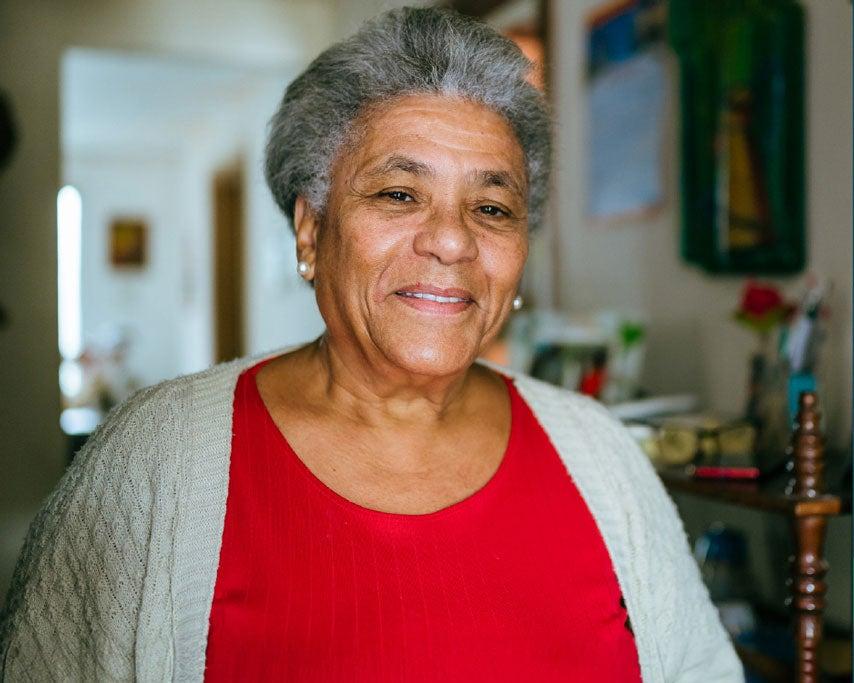A Profile of LGBTQ+ Older Adults
3 min read

Just how are LGBTQ+ older adults aging compared to their non-LGBTQ+ peers?
New research has revealed a sobering truth: LGBTQ+ adults age 60+ are financially worse off than their non-LGBTQ+ peers.
Study conducted to examine 60+ LGBTQ+ population
It's important to learn more about LGBTQ+ older adults, so we can help them age with the respect and dignity they deserve, especially during a time where many have faced discrimination, harasssment, and violence.1
To pursue this goal, NCOA and the Leading Age LTSS Center @ Umass Boston analyzed data from the Federal Reserve’s annual study, Survey of Household Economics and Decision-making (SHED) to learn about the health and economic characteristics of the older LGBTQ+ population. SHED measures the economic well-being of U.S. households and identifies potential risks to their finances. It also includes a variety of topics related to financial well-being, including credit access and behaviors, savings, retirement, economic fragility, and education and student loans. For the purposes of this study, NCOA and the Leading Age LTSS Center examined SHED data from 2019 to 2021 specific to the 60+ LGBTQ+ population.
Key findings about how LGBTQ+ people are aging
Ethnicity, education, marital status, discrimination
- Most are non-Hispanic white, with a significant subset identifying as Hispanic and non-Hispanic two-races.
- A little under half have a bachelor’s degree.
- More than 4 in 10 are married.
- Importantly, LGBTQ+ older adults are twice as likely to have experienced discrimination.
Finances, income, savings, retirement, housing
- Two-thirds have a yearly income over $50,000.
- One third have not retired.
- More than half say they have over $250,000 saved toward retirement.
- Among retired LGBTQ+ population, half say they are living comfortably.
- If they retired it's because they wanted to do other things or reached a traditional retirement age.
- Almost one-third retired due to health issues, while another 16% were forced to retire or retired to care for family (13%).
- About a third of both retired and non-retired LGBTQ+ people have Medicare and Medicaid as their health insurance.
- Examining the LGBTQ+ and non-LGBTQ+ population, LGBTQ+ people are almost twice as likely to rent their homes.
- They are worse off financially: earn less money, and have trouble paying their rent or mortgage, as well as utilities and cable and phone bills.
A Snapshot of the 60+ LGBTQ+ Population
Downloads to share and raise awareness about LGBTQ+ older adults
- Infographic 1 (general demographic information)
- Infographic 2 (snapshot of LGBTQ+ vs. non-LGBTQ+ older Americans)
- Infographic 3 (snapshot of LGBTQ+ retirees vs. LGBTQ+ non-retirees)
Source
1. The Facts on LGBT Aging, Sage USA. May 2018. Found on the internet at https://www.sageusa.org/wp-content/uploads/2018/05/sageusa-the-facts-on-lgbt-aging.pdf

